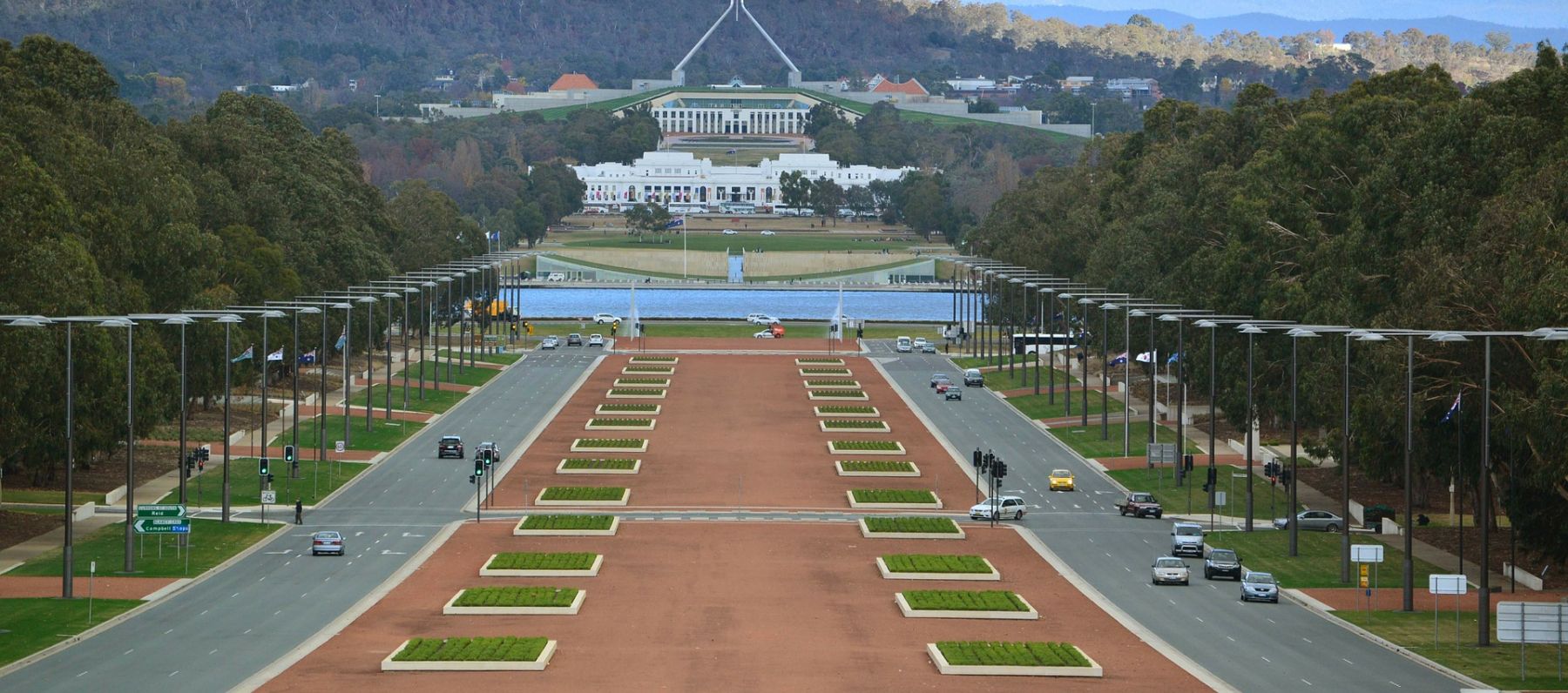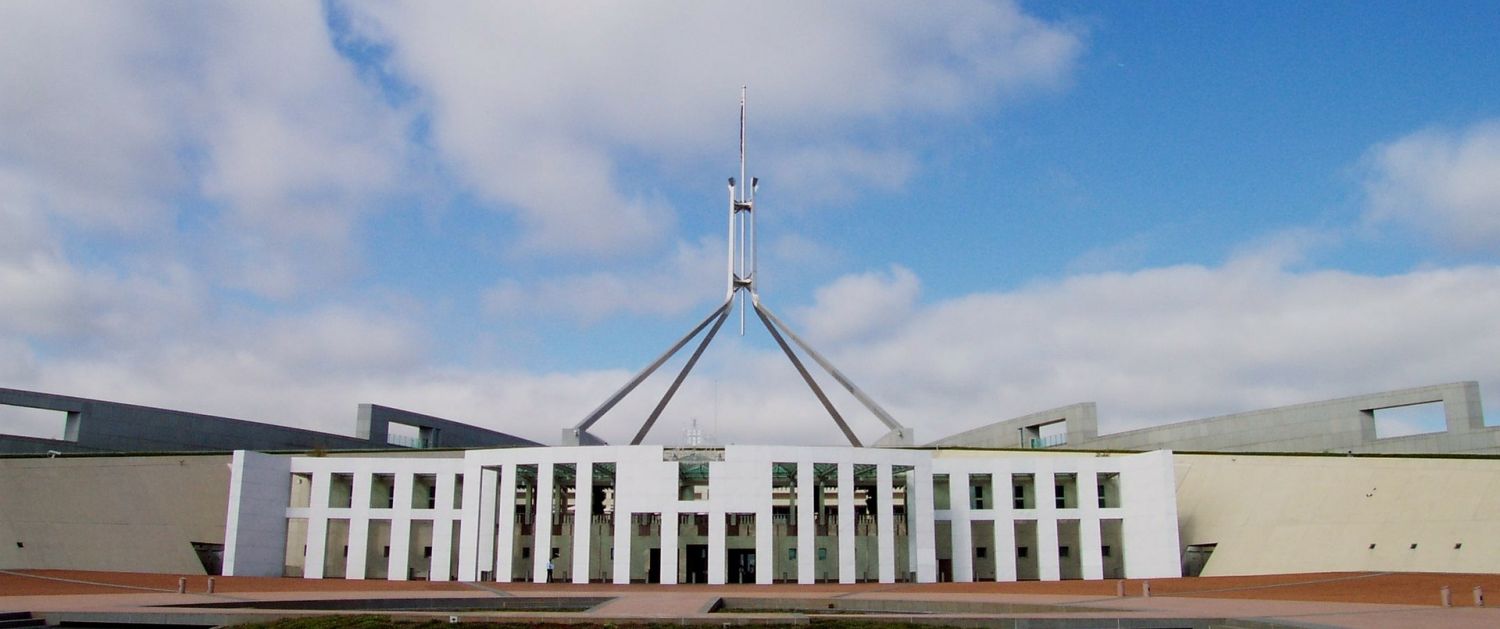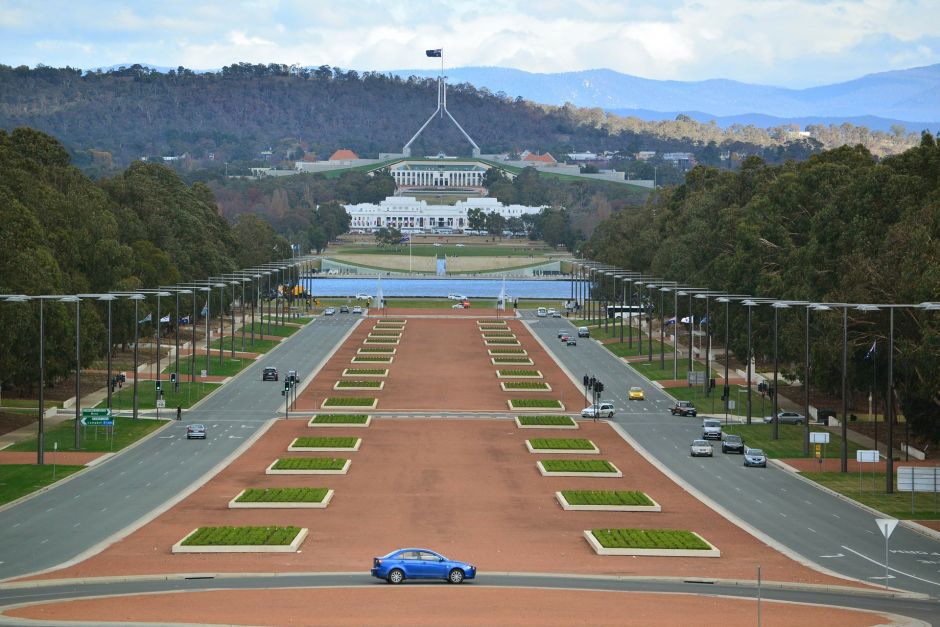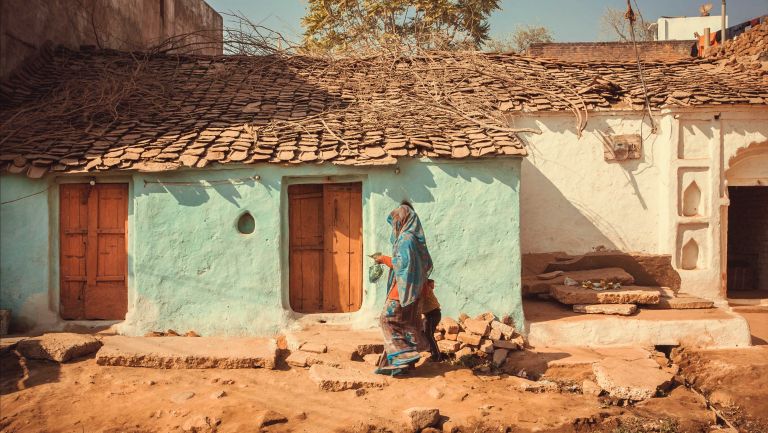Sign up for our monthly newsletter

Design for democracy
We have been doubting democracy lately. Citizen satisfaction with Australian democracy has declined over the past decade from 86% in 2007 to 42% in 2016. A 2017 poll found that only half of Australian 18–29 year olds agree that ‘democracy is preferable to any other kind of government’.
We feel disconnected from our governments. Our attitudes to politicians have not changed—we have always had a healthy scepticism of those who seek public office. We are, however, losing trust in public institutions and the democratic process.
What can we do to counter this decline in trust? How can we encourage citizens to feel less on the outside, less separated from democratic processes and the delivery of public services?

The power of human-centred co-design
The use of co-design in the development of policies and systems provides one opportunity to rebuild trust in public institutions.
Co-design is a collaborative, human-centred approach that actively engages multiple and diverse perspectives in the design process. It places citizens at the centre, to reframe problems from a human experience perspective and empower them to co-discover and co-create solutions.
By being human-centred, co-design encourages us to understand the lives of others. It recognises multiple perspectives and considers all of the potential impacts of a decision. It leads designers of public policy to be more empathetic and inclusive.
More than this, human-centred design distributes the workload of developing public policy. It is no longer just the sole responsibility of the under-pressure public servant. We share in designing the decisions that affect our lives.
This means we also share the risks. Co-design can help reduce bureaucratic risk aversion and accelerate the implementation of innovative social solutions.
Design thinking helps us to see the whole picture
We often feel powerless and lost in complex social systems. How do the labour market, the economy, financial markets and the wellbeing of citizens interact? Are we actors in these systems or simply being acted upon?
Co-design tackles both the breadth and the depth of a problem. It encourages us to look across the whole system of systems. By seeking a diverse range of perspectives, we begin to see linkages and interconnections.
A human-centred design approach helps us avoid focussing on one individual element or silo. It ensures we don’t make a change in one area, ignoring the impacts this change may have on other areas.
Design as a democratic force
By engaging citizens and involving them in developing public policy, human-centred (or more inclusively, humanity-centred) design works against the impression that power is held in the hands of a few. It can make decision-making more transparent and public institutions more accountable for their actions.
Join us, as we discuss design as a democratic force, that can increase confidence and trust in our democracy and public institutions, on Friday 24 November. For more information, see here.







